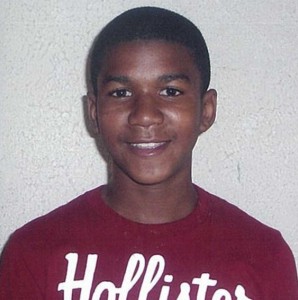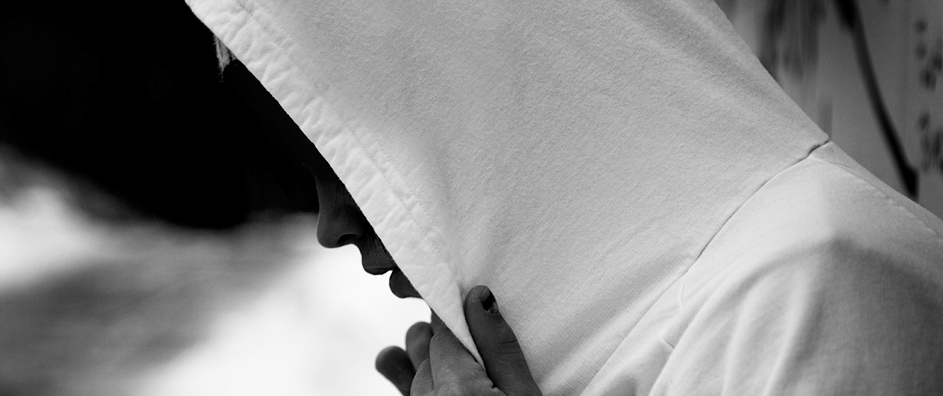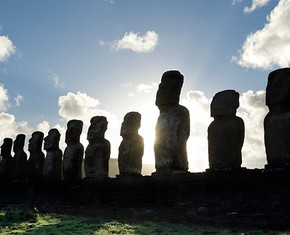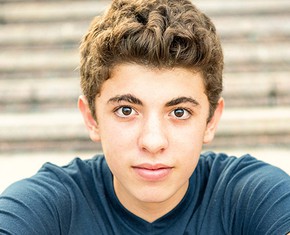The views expressed in our content reflect individual perspectives and do not represent the authoritative views of the Baha'i Faith.
Let’s try a little experiment—ready? I’ll write down the phrase “violent criminal predator.” Got it? Think about it for a minute. Now close your eyes. Quick: what’s the first image that comes into your mind?
The author Lisa Bloom, in her new book Suspicion Nation, says:
The standard assumption that criminals are black and blacks are criminals is so prevalent that in one study, 60 percent of viewers who viewed a crime story with no picture of the perpetrator falsely recalled seeing one, and of those, 70 percent believed he was African-American. When we think about crime, we ‘see black,’ even when it’s not present at all.
Whoa. First, let’s look at those percentages—what’s 70% of 60%? Remember your public school math skills? It totals 42 percent of the people in the study that Bloom cites. So you might reasonably conclude, according to the study, that 42% of people—a considerable amount, almost half—tend to visualize a black male when they hear the word “crime.” Did you?
Let’s look at the facts to see whose perceptions come closest to reality. We can actually compare the perception of black people as violent criminal predators with the real statistics, by asking “What percentage of U.S. violent crimes are actually committed by black people?” Let’s take a look.
The FBI says 6.6 million white people were arrested for violent crimes in 2011. Care to guess how many black people were arrested for violent crimes? 2.7 million. The FBI says “White individuals were arrested more often for violent crimes than individuals of any other race, accounting for 59.4% of those arrests.” – Crime in the United States Annual Report 2011, Department of Justice, Federal Bureau of Investigation.

So when we visualize a violent criminal predator… Well, you get the idea. Most violent criminal predators don’t look anything like the standard stereotype. Young black guys in hoodies? They’re far more likely to be high school or college students than criminals.
Of course, crime statistics themselves can notoriously mislead us. A few major caveats: no one has any real idea how many violent crimes even occur, because most (57%) go unreported. Many perpetrators are unknown, and fewer are arrested. White people make up a larger proportion of the populace in the United States—but the FBI doesn’t yet delineate between white and Hispanic in their statistics. The arrest statistics don’t prove much, either, because areas with heavier police presence obviously produce more arrests. On top of all that, an arrest certainly doesn’t mean guilt—for that matter, neither does a conviction, as we’ve seen from all the prisoners released when new DNA evidence exonerates them.
Here’s another FBI statistic to think about, especially for those who believe that police killings of black people are isolated incidents. Nearly two times a week in the United States, a white police officer killed a black person during a seven-year period ending in 2012, according to the most recent accounts of “justifiable homicide” reported to the FBI. Those FBI reports also show that 18% of the black people killed during that 7-year period were under 21, compared to 8.7% of white people.
So it’s fairly safe to conclude, with these official statistics in mind, that the United States has a problem with police killings of young African Americans, “justifiable” or not. Do people believe we have a problem? That depends on who you ask. A 2013 poll showed that over two-thirds of African Americans described the criminal justice system as biased against blacks–in contrast to one-quarter of whites.
With that enormous split in public opinion in mind, we can get a sense of the resistance we’re going up against when we talk about racial disparity, bias and prejudice. Some people see systemic injustice and racism as deeply rooted in our lives, as an accepted fact; while others feel fairness prevails, and no further conversation or action about race needs to occur. That produces a polarized stalemate.
From a Baha’i perspective, only one way out of that stalemate makes sense—for all of us to recognize that racism exists; see it as inherently evil; and conclude that its eventual extinction requires every person of good conscience to acknowledge it, become more deeply aware of it and vigorously oppose it:
Close your eyes to racial differences, and welcome all with the light of oneness. – Baha’u’llah, quoted by Shoghi Effendi in Advent of Divine Justice, p. 37.
…numerous points of partnership and agreement exist between the two races; whereas the one point of distinction is that of color. Shall this, the least of all distinctions, be allowed to separate you as races and individuals? In physical bodies, in the law of growth, in sense endowment, intelligence, patriotism, language, citizenship, civilization and religion you are one and the same. A single point of distinction exists — that of racial color. God is not pleased with — neither should any reasonable or intelligent man be willing to recognize — inequality in the races because of this distinction. – Abdu’l-Baha, The Promulgation of Universal Peace, p. 67.
And among the teachings of Baha’u’llah is that religious, racial, political, economic and patriotic prejudices destroy the edifice of humanity. As long as these prejudices prevail, the world of humanity will not have rest. – Abdu’l-Baha, Selections from the Writings of Abdu’l-Baha, p. 299.
















Comments
Sign in or create an account
Continue with Googleor